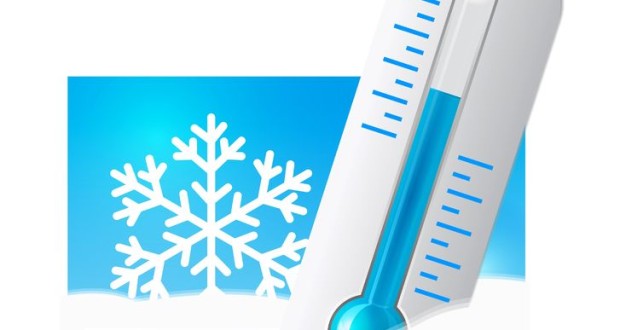As shown by the large influx of travelers who head south every winter, very few people enjoy cold weather. Frigid temperatures force those living in colder climates to spend most of their time indoors, and to throw on several layers of clothing when they do venture outside. As aggravating as these problems are, they pale in comparison to the impact that winter can have on human health. Specifically, evidence suggests that both stroke and heart disease strike more often in colder weather.
An Increased Risk of Stroke
Did you know that strokes are the fourth leading cause of death in United States? According to the Centers for Disease Control and Prevention (CDC), one American succumbs to stroke every four seconds. This equates to more than 795,000 stroke-induced deaths every year. Strokes also exact a heavy toll on the US economy; when the costs of health care services, medicines and missed work days are all accounted for, the total price tag comes to roughly $38.6 billion annually.
There are many factors that increase a person’s risk of stroke. Some can be largely controlled and managed, including blood pressure, LDL cholesterol readings, alcohol consumption and levels of physical activity. Other contributing factors are completely out of our control, such as age, gender, race and family medical history. A new study from Yale University suggests that there might be something else that can precipitate strokes – temperature.
This study based its findings on roughly 157,000 stroke victims, all of whom had been hospitalized in either 2009 or 2010. According to the Yale research team, this data revealed that higher temperatures tend to correspond with lower risks of stroke hospitalization and death. The report noted that a patient’s chance of being hospitalized for stroke fell 2.3 percent for every 5°F increase in temperature (this figure equates to 2.8 degrees Celsius). Furthermore, the same amount of increase also reduced the risk of in-hospital death by 4.1 percent. Interestingly enough, each 5°F change in daytime temperature was found to increase stroke frequency.
The report did not provide a conclusive explanation for this apparent relationship, though a possible answer was suggested by one of the study’s researchers. Judith Lichtman, an epidemiologist at the Yale School of Public Health, noted that weather can adversely affect blood pressure. High blood pressure levels, of course, are one of the major causes of stroke. Alternatively, cold temperatures might tighten blood vessels, simultaneously increasing a patient’s blood pressure and stroke risk. It is also possible that wintertime respiratory diseases might also be at least partially to blame.
Cold Weather and the Heart
Heart attacks are a major concern for public health officials; each year, there are approximately 715,000 heart attacks in the United States alone. While heart attacks are usually attributed to coronary artery disease (a condition in which plaque deposits form on artery walls), a 2013 Belgian study reported that cold weather might also be a highly influential factor. As part of their study, the researchers reviewed daily temperature readings from 73 meteorological sites across Belgium. They also checked to see what role air pollution played in determining a person’s risk of heart attack.
After monitoring the health of 15,964 participants, the research team did not find a connection between heart attacks and aerial pollutants. The story was much different, however, regarding the impact of weather. For every 10 degree Celsius (50 degrees Fahrenheit) drop in temperature, the subjects’ chance of heart attack rose by 7 percent.
Antwerp University professor Marc Claeys, who presented the study to the 2013 European Society of Cardiology (ESC) Congress, speculated that the reason for this link may involve cold receptors in the skin. Claeys argued that the stimulation of these sensory receptors increases activity within the body’s sympathetic nervous system. As a result, the body experiences a rise in its levels of catecholamine, hormones that increase blood pressure and heart rate after being released into the bloodstream. Claeys suggested that those at risk of heart attack wear warm clothing to guard against the cold, even during non-winter months.
This wasn’t the only research presented at the 2013 ESC Congress to link temperature to increased incidence of heart attack. A massive survey of 107,090 Europeans found that the major risk factors of heart attacks, including cholesterol levels and blood pressure, tend to be more pronounced during wintertime. Authored by a professor from Switzerland’s University of Lausanne, this report drew its data from ten earlier studies. The participants resided in seven different countries, and their ages ranged from 35 to 80.
 Natural Knowledge 24/7 Educate yourself with nutrition, health and fitness knowledge.
Natural Knowledge 24/7 Educate yourself with nutrition, health and fitness knowledge.






